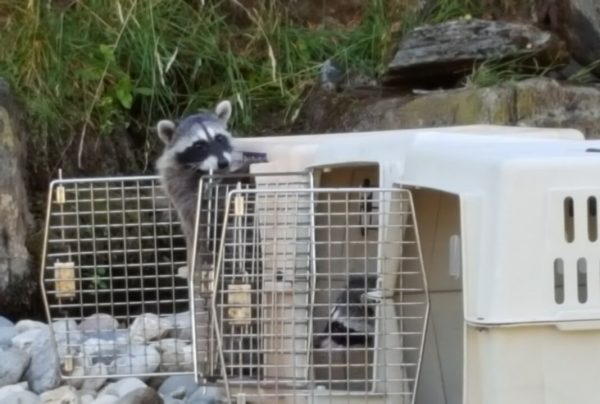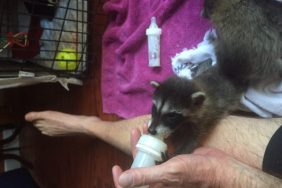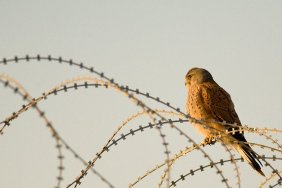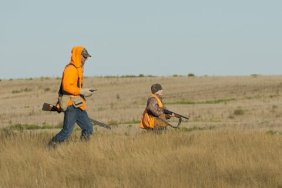Each year, thousands of wildlife species end up wounded or orphaned. Many suffer alongside roads and others end up being dinner for someone’s dog or cat. Most counties have wildlife rescue centers and volunteers that are on call to pick up animals in distress. It’s a tough job but we do it for the love of animals. Here’s a little about what a wildlife rehab volunteer does to help.
Forrest Gump said that “You never know what you’re going to get” and that describes the process of being on call for a wildlife rescue organization. Most folks don’t realize how many calls we get. Calls range from “There’s a small bird on the ground and it looks like he fell out of a tree” or “My cat just brought in a baby squirrel and it looks like it’s injured.”
Sometimes we get calls for larger animals like foxes, raccoons, coyotes, skunks and even bobcats. Those are the ones that make us nervous because it can be a real challenge to catch them without getting bit. So, off we go, thick welding gloves, nets, blankets and carriers, never quite knowing what we’ll be up against. Usually, it turns out pretty well and wounded animals have a sense that you are there to help them. They often let you walk right up to them. I love those scenarios.
RELATED: Blue Whale Rescue Continues Off Southern California
Learning how to treat injured animals is pretty much “hands on” and we do collaborate with a couple of animal hospitals that can help us with severe cases. Those of us who are adequately trained have access to meds at our intake center. We hydrate them, clean up and inspect their wounds, making them as comfortable as possible before sending them to individual rehabbers (we have specific folks for different animals). Often, they need to be humanely euthanized but it’s better than suffering alone somewhere. Breaks our heart but at least we tried.
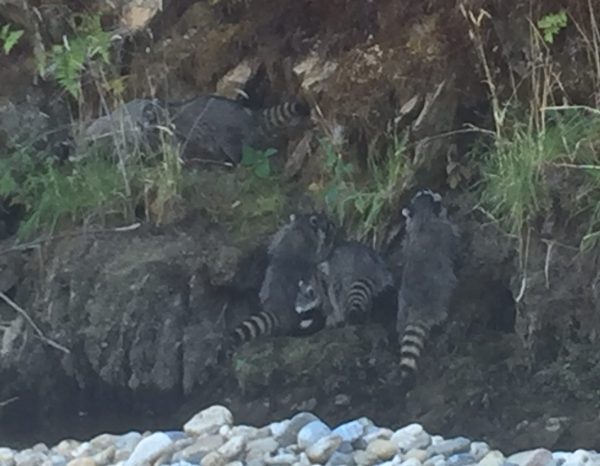
Orphaned babies are the most work and sometimes someone will end up with five possum babies or a half dozen raccoons. Then you’re an instant mom. The three baby raccoons I have came in just after their eyes opened. Long nights of bottle feeding (and stimulating them to evacuate their little bodies) make for tired days but it’s amazing to watch them discover life as they grow. Sometimes the process can last for many months and as they grow, you have to start letting go. If they are to survive, they need to learn how to fend for themselves.
RELATED: The Most Intense Search and Rescue Training Ever
It’s important to remember that after the weaning process, the wildlife rehabber will limit human contact as much as possible. Not only is it illegal to have wildlife as pets, it’s detrimental to their survival if they become accustomed to humans. We even conceal them from our pets so they don’t get the idea that dogs and cats are friendly. If they stand a chance of survival after release, they need to be afraid of us. It’s interesting that after a few months, they will growl at their rehabber and become aggressive. This is exactly what we’re after.
Releasing an animal you’ve spent so much time fostering can be bittersweet as you watch them give you one last look before they head out into their natural environment. It gets me every time but I know that I did the best I could to give it a chance. If it weren’t for the hundreds of volunteer wildlife rehabbers willing to put in the time, thousands of orphaned and injured animals would never have a second chance to experience life. As hard as it is to finally say goodbye, the sense of gratitude is simply wonderful. You wipe your tears, pack up your carriers and wonder what you’ll get next—kinda like a box of chocolates.
Photo credit: Rich Wright
